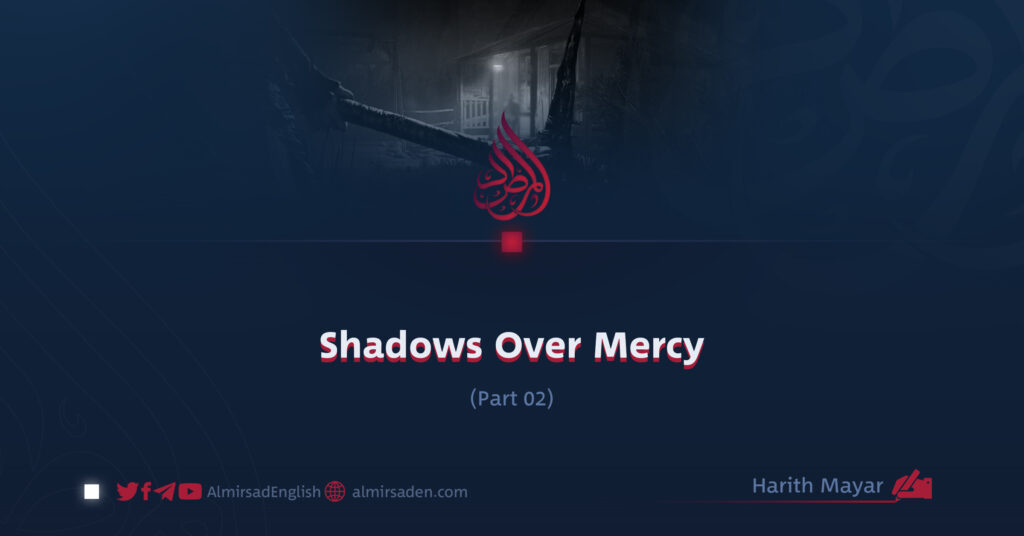Part 2
By Harith Mayar
An Examination of ISIS’s Traditional Ideological Foundations
ISIS, the ‘Shadow of Darkness,’ claims to trace its lineage to the mercy of Islam revealed through the Prophet Muhammad (PBUH). Yet this claim is nothing more than a hollow pretense. The group bears no resemblance to the faith of the Prophet, for its creed is built not on mercy but on distortion. By twisting noble Islamic concepts and values, ISIS has constructed an ideology rooted in extremism, exclusion, and violence. Scholars generally divide its thought into two strands, the traditional and the modern. This discussion focuses on the traditional foundations.
At the heart of these foundations lies a set of takfiri doctrines inherited from the harshest currents of Salafism and the radical ideas of the early Khawarij. These currents, with a history stretching back centuries, interpret religion through a narrow lens and divide the world into two camps: believers and unbelievers. Any interpretation that does not conform to their rigid standards is dismissed.
Historical analysis shows that ISIS draws heavily from the Khawarij of Islam’s earliest centuries. Like them, the group declares vast numbers of Muslims to be unbelievers and insists that armed rebellion is a sacred duty in the name of reviving the caliphate. In truth, ISIS is the heir to the Khawarij’s corrosive legacy, yet it extends their ideas further, widening takfir to include governments that maintain economic or diplomatic ties with the West. At the same time, ISIS itself often acts, ironically, as a tool of outside powers.
This logic knows no bounds. Its doctrines justify violence without limit and rely on the continual distortion of Islamic principles. In interpreting Islamic texts, ISIS leaders selectively invoke Qur’anic verses, prophetic sayings, and episodes from the life of the Prophet (PBUH) and his Companions, presenting them only in ways that serve their own purposes.
Any interpretation that challenges their vision is immediately condemned. Opponents are branded apostates and portrayed as straying from the truth. Rather than seeking the authentic meaning of the Qur’an, ISIS imposes its dogma on the text and fabricates interpretations to match its agenda. Through such distortions, the group constructs the ideological scaffolding that supports its acts of violence.
In sum, ISIS’s traditional ideology rests on rigid and exclusionary readings that reject every other perspective as heretical. Its roots lie in Khawarij thought and extreme Salafism, yet through deliberate manipulation of Islamic teachings, it has fashioned a framework that sustains its campaign of brutality.
Addressing this phenomenon requires exposing these foundations and subjecting them to critical scrutiny. Young people in particular must be made aware of the falsehood of such ideas and offered a sound understanding of Islam. Only then can they be protected from the lure of a movement that thrives on deception and destruction.
